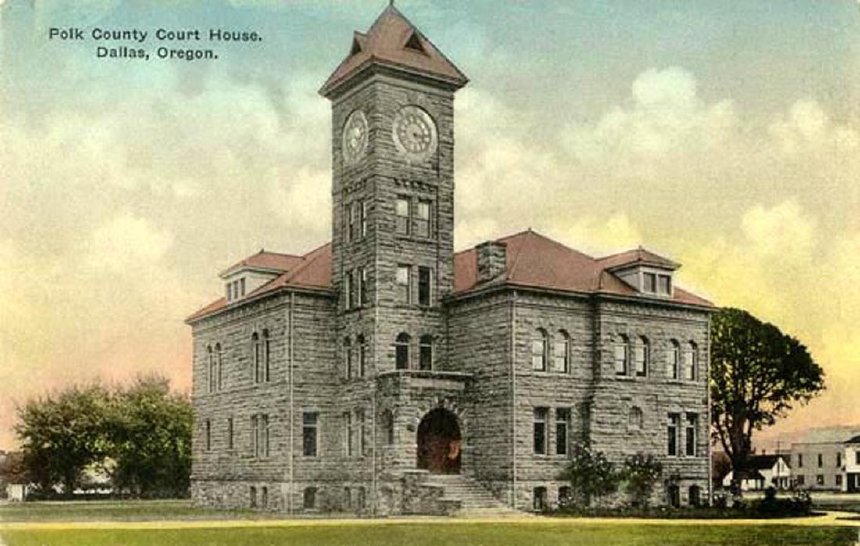The Prosecution
The case against Will Magers was built on strong circumstantial evidence by the prosecution, emphasizing several key points:
1. Last Known Association: Multiple witnesses testified that Magers was the last person seen with the victim, Sink, on the day of his disappearance.
2. Inconsistent Accounts: Magers provided conflicting stories about Sink’s movements after they parted, and he failed to identify the person Sink supposedly left with.
3. Blood Evidence: Human blood was found in the buggy used by Magers and Sink.
4. Motive: The prosecution argued that Magers had a financial motive for the murder.
5. Concealment of the Body: The body was found weighted with sash weights, which were traced back to the Harritt farm in Polk County, indicating a deliberate attempt to hide the crime.
6. Suspicious Post-Crime Behavior: Magers was evasive when questioned about Sink’s whereabouts and was seen with two women after the crime, raising questions about his conduct.
7. Potential Admission of Guilt: Magers’ question to Detective Berry about whether the body had “come up” was presented as an implicit admission of guilt.
This combination of evidence painted a compelling picture of Magers’ involvement in Sink’s murder.





